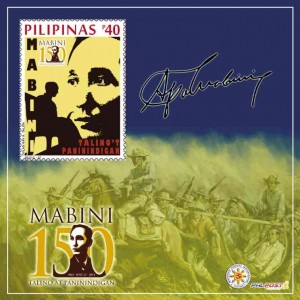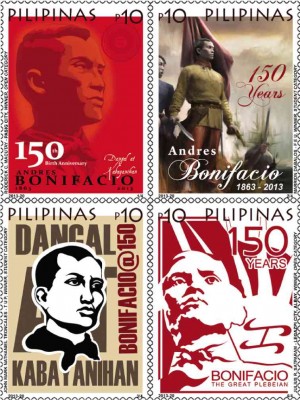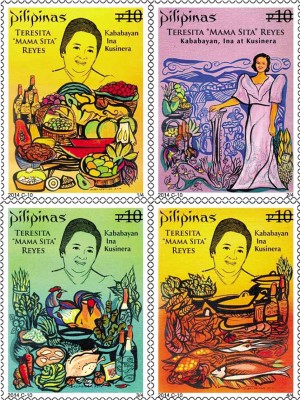PHLPost turns its fortunes around

Not only has the state-run Philippine Postal Corp. (PHLPost) been raking in revenues by providing vital services in the digital age, when electronic mail has all but replaced personal letters with postage stamps on the upper right-hand side, it is also earning more than it has in recent years.
PHLPost figures show that as of the end of last year, it recorded a net income of P588.96 million—a turnaround from a net loss of P266 million posted in 2010 and an improvement over the P353.03 million recorded in 2012. As a result, it was able to remit dividends to the government for the first time in its history.
Still in demand
This turnaround earned for PHLPost recognition during the World Mail Awards 2014. Considered the Oscars of the postal industry, PHLPost was recognized for its transformation from
This year, PHLPost is on track to improve on its last year’s record numbers on the back of increased demand for courier and logistics services from the public and private sectors.
Article continues after this advertisementPHLPost Postmaster General and CEO Ma. Josefina dela Cruz tells the Inquirer in an interview that while personal letters are no longer de rigueur, postal services remain vital and in great demand.
Article continues after this advertisement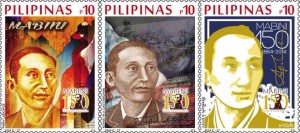
“People think we have become redundant because of technology. But the truth is, even with the advent of technology, there is still a need for postal services. It is hard to replace black and white communication,” explains dela Cruz. “And mail is especially important in far-flung areas where sometimes the postal office is the only access to services.”
Dela Cruz says that as the company strove to boost its revenue base, it also rationalized its cost structure to improve the bottom line. Over the past four years, for example, the number of post offices has gone down to about 1,500 from a high of over 4,000 as PHLPost can no longer afford to subsidize the branches in so-called “missionary” areas where there are only a few customers.
PHLPost was also able to persuade the government to start paying for its mailing services, such as the sending out of court notices and election paraphernalia. In 2012, for instance, PHLPost provided P438 million worth of free mailing services to different government agencies, the biggest of which was the judiciary, which needed to send out subpoenas and notices.
“It was not until 2011 that we started getting partially reimbursed, if only for us to recover the cost of operations because we have to pay the airlines and the shipping vessels,” says dela Cruz. “Now the cost of government mail services are appropriated under the national budget.”
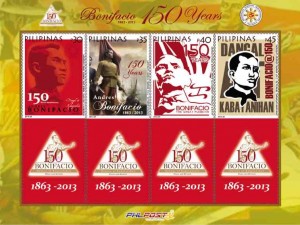
A mere 2 to 3 percent of total revenues comes from the sale of stamps. But dela Cruz says stamps are what PHLPost is best known for, generating the most goodwill from the public.
PHLPost strives to meet the public’s expectations by coming out with attractive stamps, considering that most of those who buy them today are avid collectors.
Creative stamps
Among the recent issues that were quickly sold out were the scented stamps featuring the paintings of the late President Corazon C. Aquino, commemorative stamps marking the centennial of the Iglesia ni Cristo, the 70th anniversary of the Leyte Gulf Landing, and the first year since Supertyphoon “Yolanda” struck the Philippines.
“We try to come up with creative stamps because our stamps are already being bought by collectors around the world. The Cory scented stamps, for example, sold out within one month. We are now reprinting to meet demand,” says dela Cruz. “At the same time, we also have campaigns like the national letter writing contest to encourage people to still use stamps. We have to be creative.”
A number of activities to increase awareness were rolled out this November, which has been declared National Stamp Collecting Month by virtue of Presidential Proclamation 494 signed by former President Fidel V. Ramos.
Value of philately
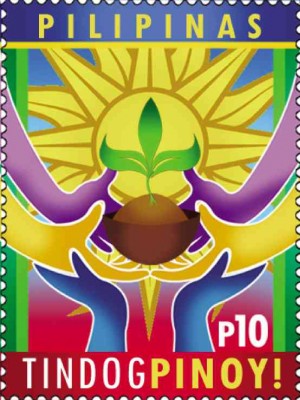
To mark the opening of National Stamp Collecting Month, PHLPost announced the four winning designs to be used for the “Pope Francis Visit to the Philippines” stamps.
PHLPost said in a statement that the designs of Dave Arjay Tan and Salvador Banares Jr, both from Valenzuela City, were selected for the professional category, while the entries of Don Bryan Michael Bunag and Mark Leo Maac, both from Bulacan, won in the student category of the Papal Stamp “on the spot” design contest.
Dela Cruz, together with Senator Grace Poe-Llamanzares and representatives of the Archdiocese of Manila, opened the month-long celebration of NSCM, which coincided with the opening of the “Papal Visit Stamps Traveling Exhibit.”
The exhibit features postage stamps memorabilia issued by PHLPost during the apostolic visits of Popes Paul VI, John Paul II and Pope Francis from 1970 up to 2015.
In anticipation of the Papal Visit next year, PHLPost also presented the preview of the Pope Francis Souvenir Sheet and Coinage Stamps to be launched during his visit in the country, and the four winning designs in the “On the spot” Pope Francis Stamp Design Contest.
1st Philippine stamp
PHLPost’s Pope Francis Exhibit will be featured at Ateneo De Manila University from December 1 to 5, Sanguniang Panlalawigang Bldg. San Pedro St. Davao City, December 8 to 12, Basilica Minore Del Sto. Nino De Cebu, Cebu City, January 5 to 9, 2015 and SM City Tacloban, January 12 to 20, 2015.
Also celebrated during NSCM 2014 was the 160th anniversary of the first Philippine Postage Stamp.
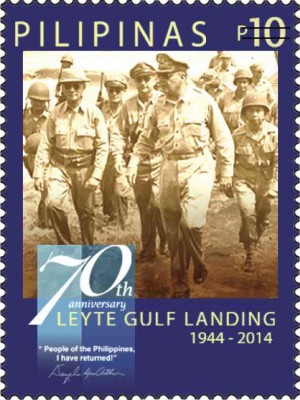
About 120,000 copies of the stamps were produced in P10.00 denomination and another 5,000 pieces of the special souvenir sheets were printed.
Other activities included the awarding of winners in the “One Asean Stamps Design Contest” organized to welcome the Asean Community in 2015.
Dela Cruz cited the increasing appreciation of the public on the innovations introduced in postage stamps to make them more attractive and significant.
This year’s celebration goes by the theme “PHLPost: Going Beyond Traditional.”
Last-mile delivery
While PHLPost is exerting efforts to increase appreciation for postage stamps, it is also building new revenue sources such as logistics.
“We are now the logistics group servicing the Department of Foreign Affairs. We handle the diplomatic pouches for delivery to the regional offices, not the passports, but the other mail material. We do have a fleet of trucks that can do that. We are also doing the logistics of DBM for its procurement activities. We do have a network and the last-mile delivery capability, that is our strength, and we are maximizing that. We can send anything—goods, communication and cash,” says dela Cruz.

